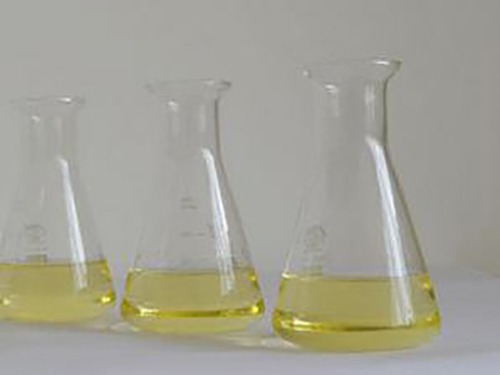flocculant chemicals for water treatment
Flocculant Chemicals for Water Treatment An Essential Tool for Clean Water
Water is a vital resource for life, yet its availability in clean and safe forms is becoming increasingly challenging due to pollution and environmental changes. In the quest for efficient water treatment solutions, flocculant chemicals have emerged as key agents that facilitate the clarification and purification of water. This article delves into the role of flocculants in water treatment, their types, and their benefits, highlighting the importance of these chemicals in ensuring access to safe drinking water.
Understanding Flocculants
Flocculants are chemicals that promote the agglomeration of suspended particles in water, enabling them to settle out of the liquid phase more readily. The process of flocculation involves the formation of larger aggregates, or flocs, from smaller suspended particles. This phenomenon enhances the removal of turbidity, colloids, and other impurities, significantly improving water quality. Flocculants can be natural or synthetic, with each type serving different applications and industries.
Types of Flocculants
1. Natural Flocculants These include substances derived from plant or animal sources, such as starch, chitosan, and certain types of clay. Natural flocculants are often favored for their eco-friendliness and biodegradability. They are particularly beneficial in applications where environmental impact is a significant concern, such as in wastewater treatment and drinking water purification.
2. Synthetic Flocculants These are man-made polymers designed to enhance the flocculation process. Common synthetic flocculants include polyacrylamides and polyethylene oxides. They are widely used in various water treatment processes due to their efficacy and ability to be tailored for specific applications. Synthetic flocculants can provide superior performance in removing fine particles and are often more efficient in lower dosages compared to natural alternatives.
3. Coagulants Although not strictly flocculants, coagulants are often used in conjunction with flocculants. Coagulation is the initial step in the water treatment process, where coagulants destabilize suspended particles, making it easier for flocculants to aggregate them. Common coagulants include alum (aluminum sulfate) and ferric chloride.
flocculant chemicals for water treatment

Benefits of Using Flocculants in Water Treatment
1. Improved Water Quality The primary advantage of flocculants is their ability to remove suspended solids, turbidity, and contaminants from water sources. This leads to clearer and cleaner water, free from impurities that can pose health risks to humans and ecosystems.
2. Cost-Effective Solutions By optimizing the flocculation process, treatment facilities can reduce the amount of chemical coagulants needed and decrease operational costs. Synthetic flocculants, in particular, are designed to work efficiently at low concentrations, leading to significant cost savings.
3. Enhanced Treatment Efficiency Flocculants contribute to faster settlement of particles, reducing the time needed for water treatment processes. This increase in settling rates can lead to smaller and more efficient treatment plants, ultimately benefiting communities with space and resource constraints.
4. Environmental Benefits Flocculation helps in managing and treating wastewater before it is released back into natural water bodies. This process mitigates pollution and helps maintain ecological balance by ensuring that harmful substances are adequately removed.
Conclusion
Flocculant chemicals are indispensable in the landscape of water treatment, playing a critical role in ensuring that water is safe for consumption and ecological health. With the growing challenges of water pollution, the importance of these chemicals cannot be overstated. As technology advances, the development of newer, more efficient, and eco-friendly flocculants is expected, further optimizing water treatment processes around the globe.
In conclusion, the use of flocculant chemicals stands as a testament to human ingenuity in the face of environmental challenges. Their ability to enhance water quality, reduce treatment costs, and promote ecological sustainability makes them a cornerstone of modern water treatment practices. For a cleaner and healthier future, the role of flocculants will continue to be pivotal in addressing the pressing need for safe and accessible water resources.
-
The Power of Isothiazolinones in Modern ApplicationsNewsMay.08,2025
-
Flocculants in Water TreatmentNewsMay.08,2025
-
Flocculants and Chemical Solutions: What You Need to KnowNewsMay.08,2025
-
Flocculants and Chemical Solutions: A Growing IndustryNewsMay.08,2025
-
Essential Chemicals: Polymaleic Anhydride and MoreNewsMay.08,2025
-
Acrylic Polymers: Essential Solutions for IndustryNewsMay.08,2025





